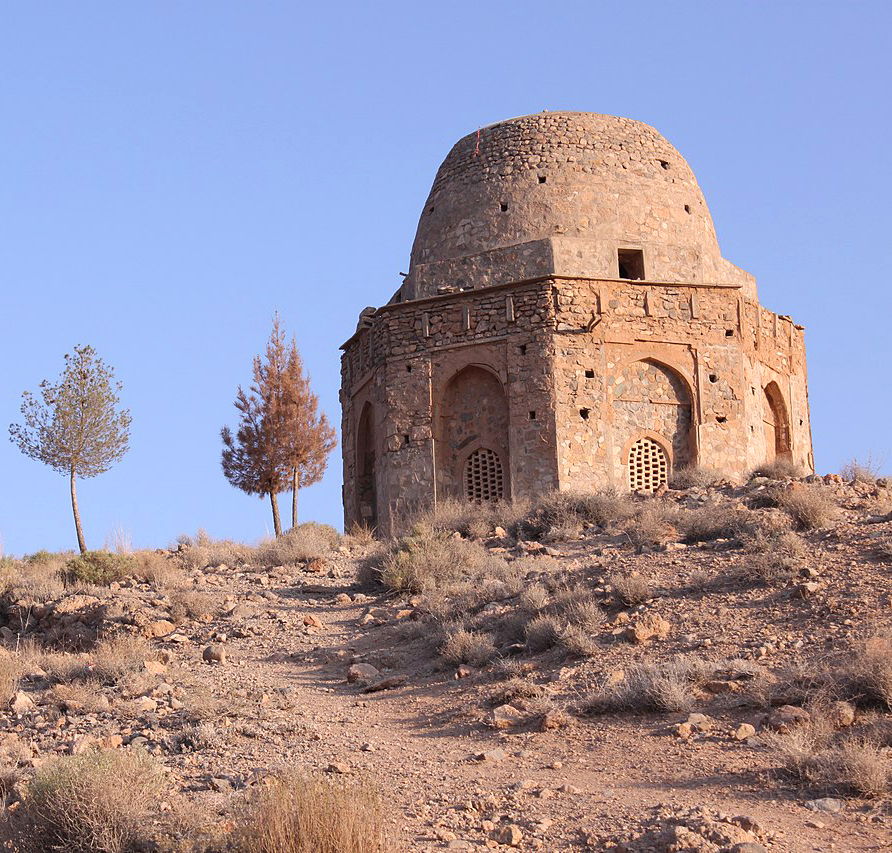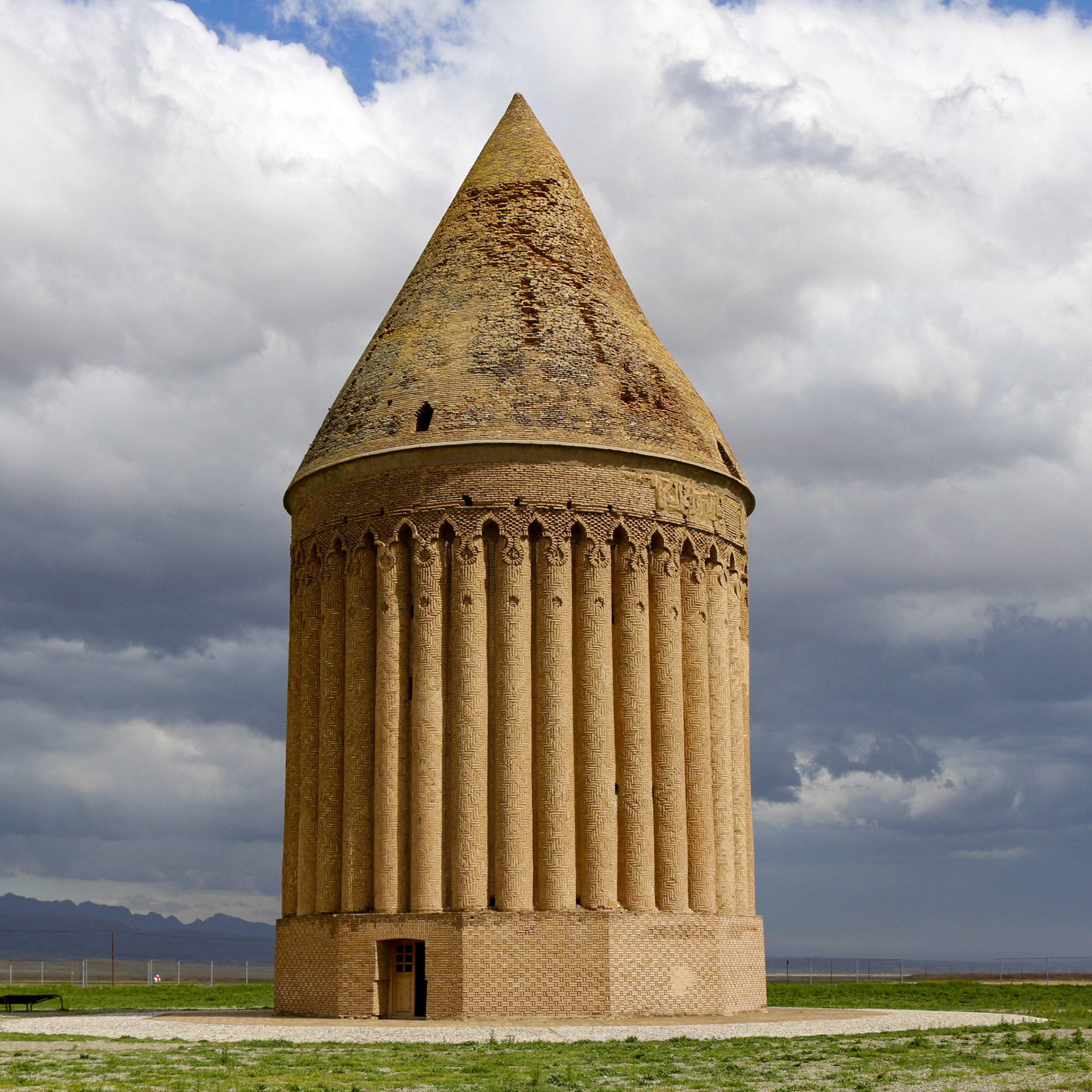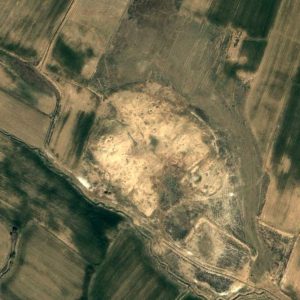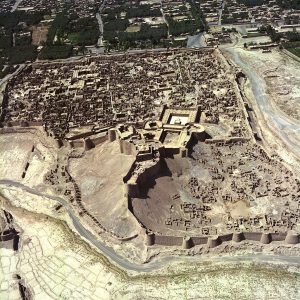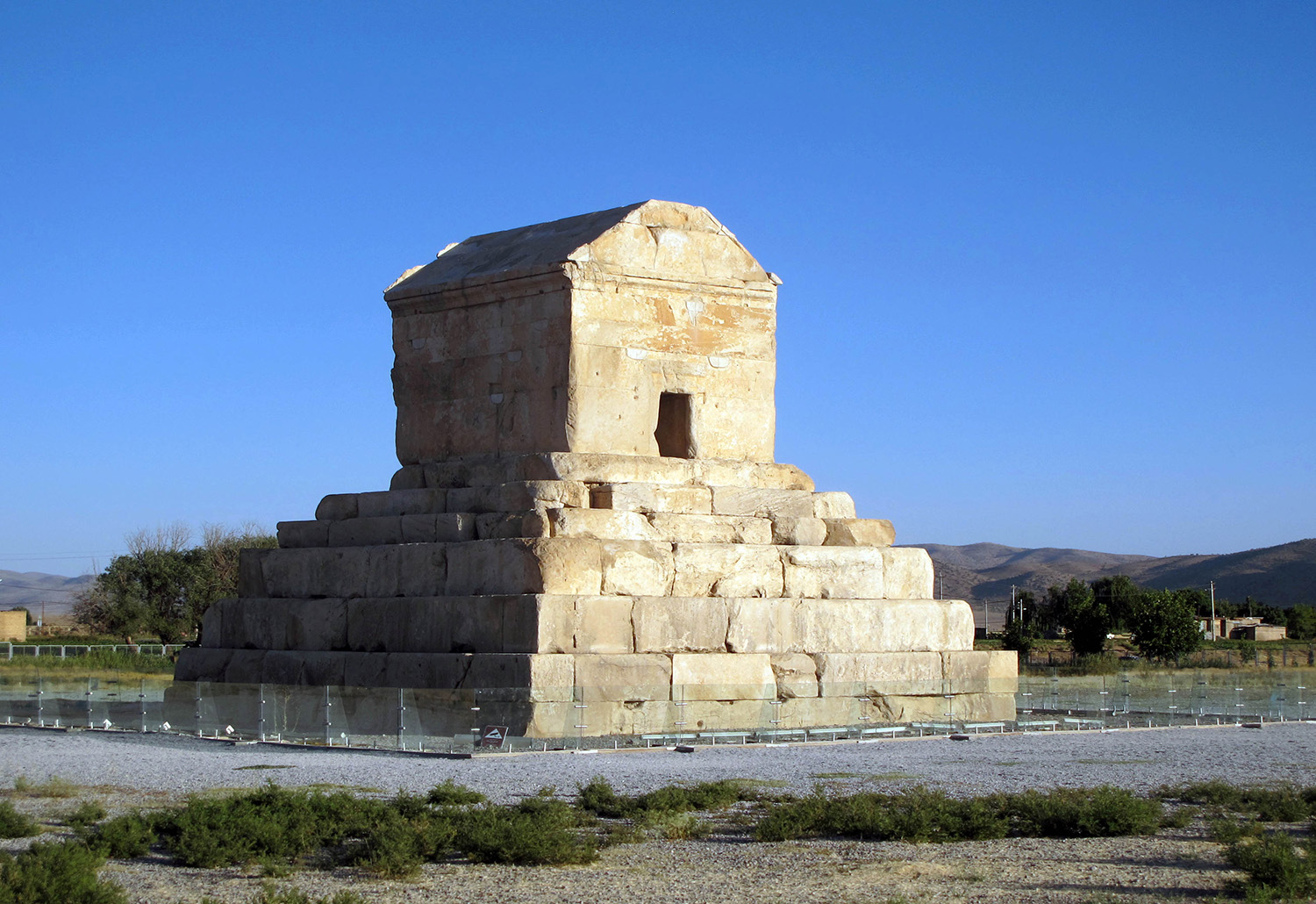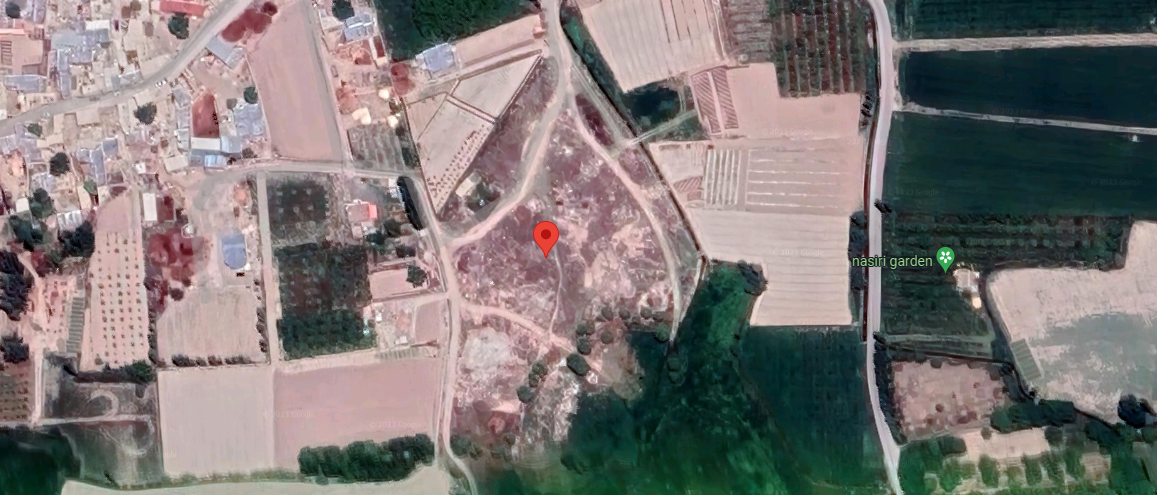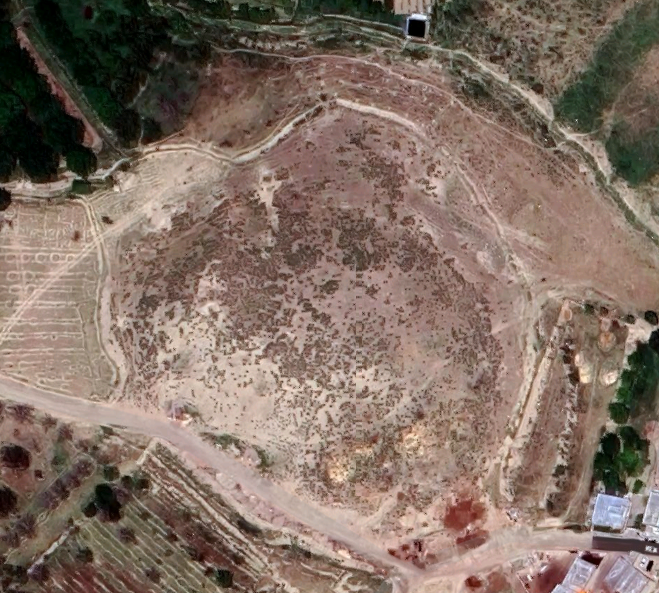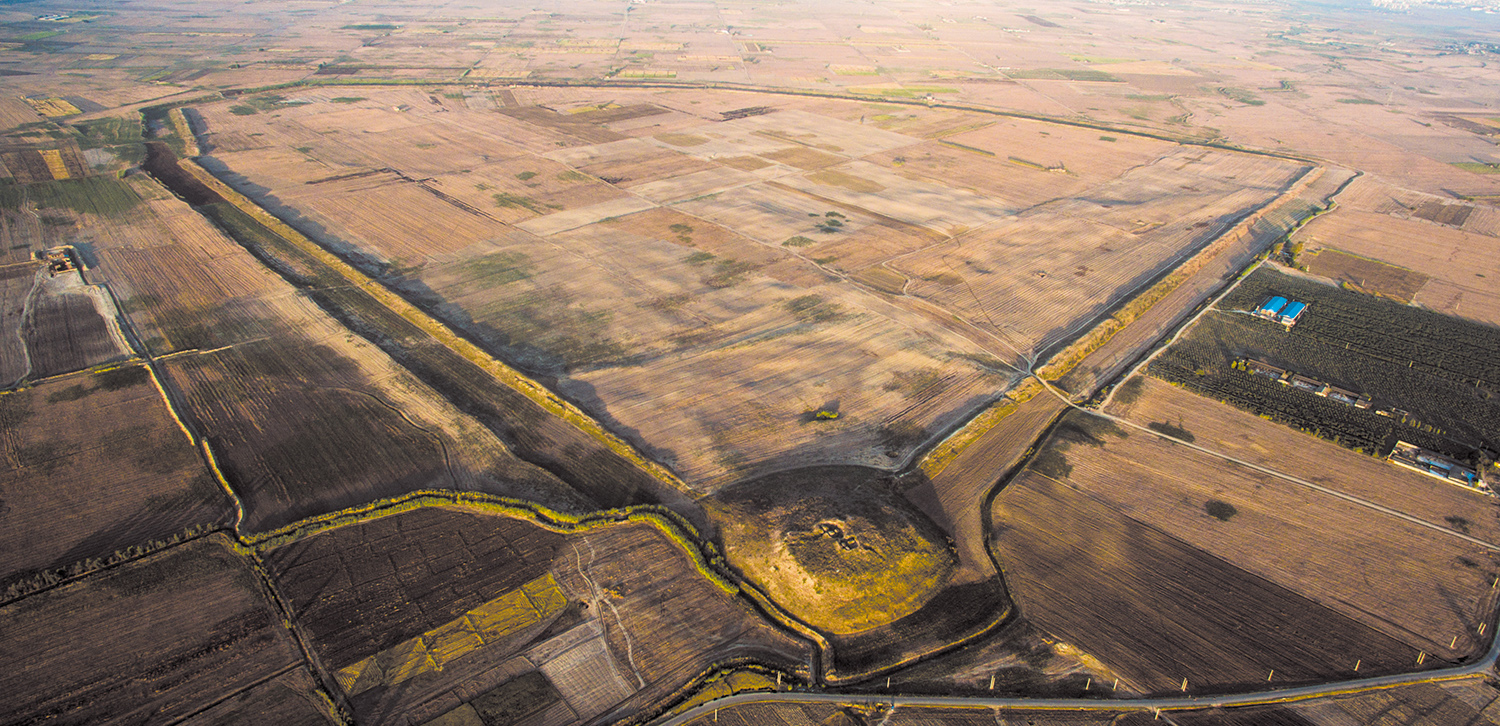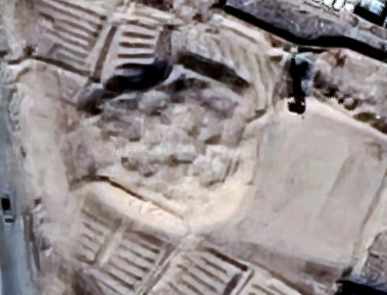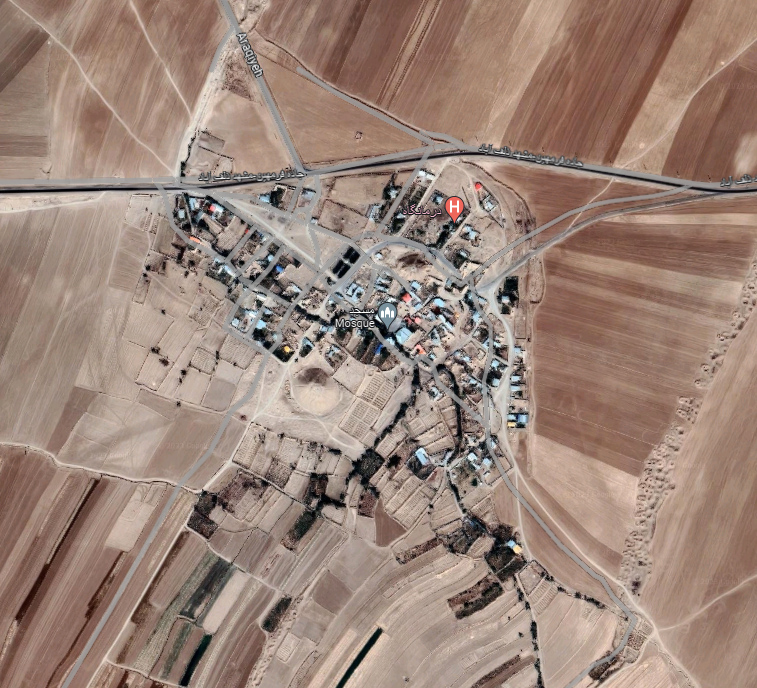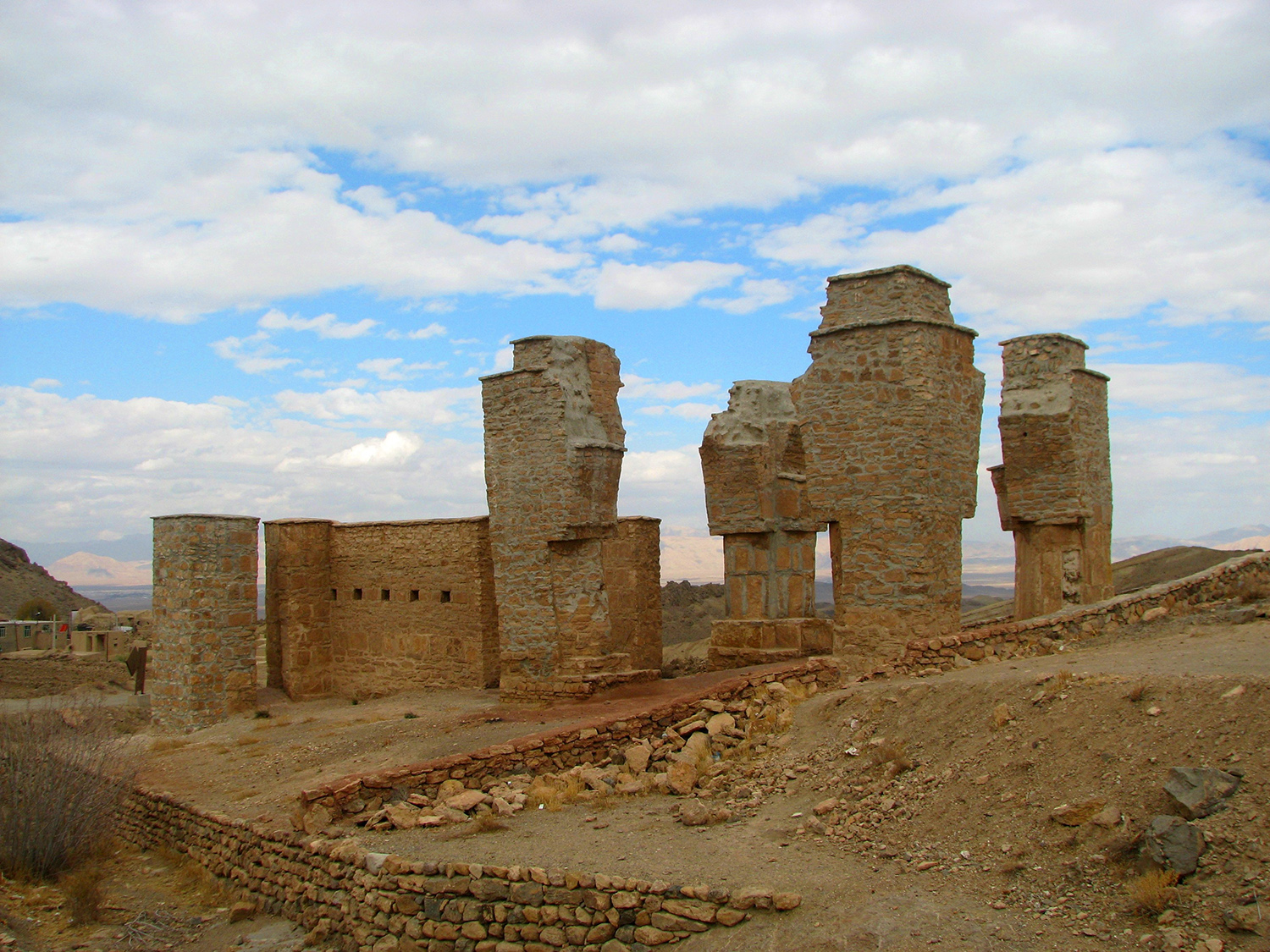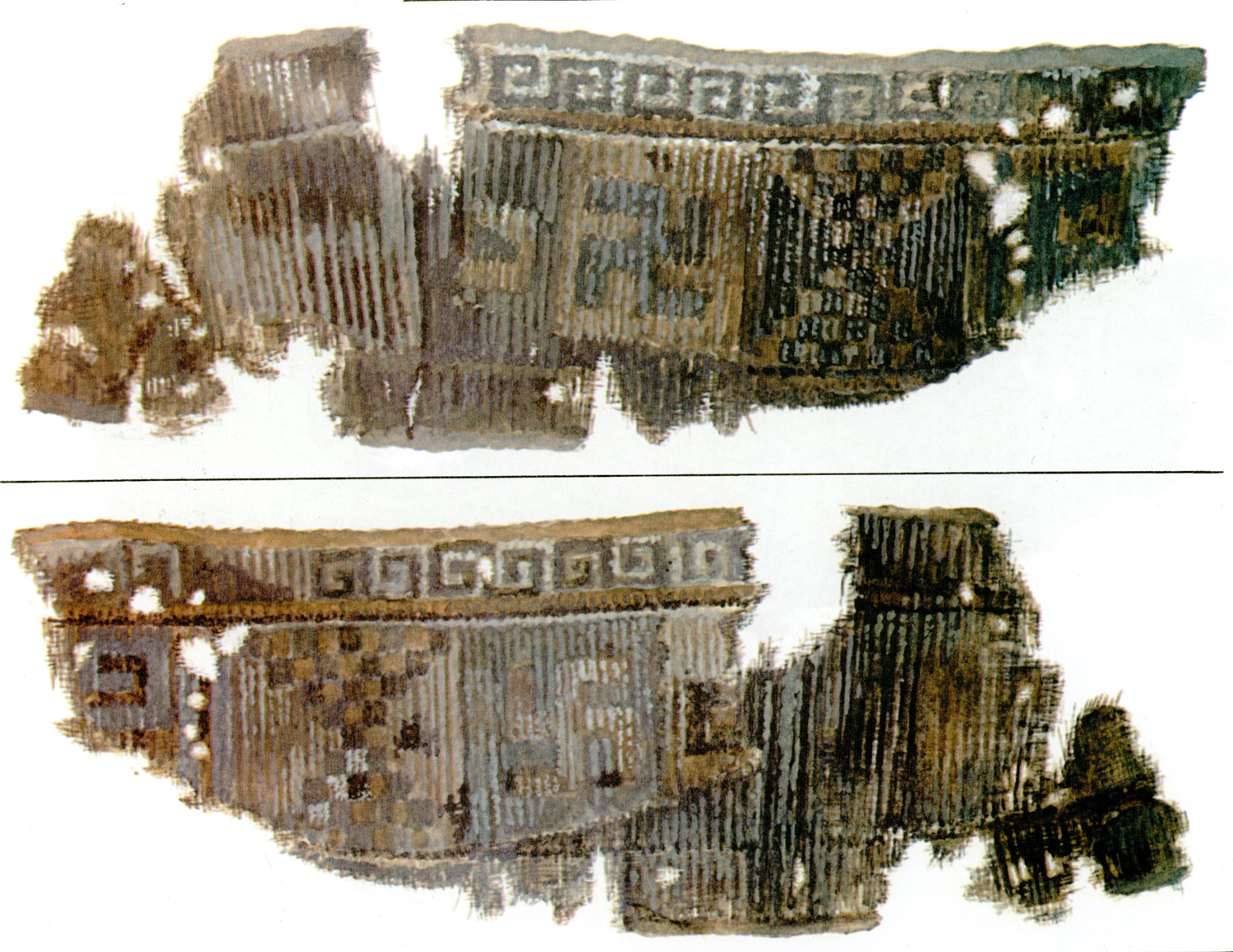Māsūrتپه ماسور
Location: Tepe Māsūr is located south of Khorramabad, in western Iran, Lorestan Province.
33°26’23.9″N 48°19’18.4″E
Map
Historical Period
Neolithic, Bronze Age, Iron Age, Achaemenid, Seleucid, Parthian, Sasanian, Islamic
History and description
Tepe Māsūr lies in the southern suburb of the present-day city of Khorramābād in Luristan. Parts of the mound have been destroyed by the city’s urban development in the past decades. The roughly circular Tepe Māsūr is still a large archaeological site, covering some 10 hectares with a height that varies from 9 to 12 m above the surrounding area. Māsūr has a long archaeological sequence from the fourth millennium B.C. to the late Sasanian/early Islamic period.
Archaeological Exploration
In 1984, Mirabedin Kaboli carried out limited excavations at Tepe Māsūr on behalf of the Iranian Centre for Archaeological Research. No report has been published.
Bibliography
Garavand, M., “Iranian Archaeological Missions in Pishkuh-e Lurestan,” Eighty Years of Iranian Archaeology, Y. Hasanzadeh and S. Miri (eds.), vol. 1, Tehran, 2012, pp. 345-346 (for Nūrābād). In Persian.
Kaboli, M., Soundings at Tepe Māsūr, Khorramābād, 1984, unpublished. In Persian.
Author: Ali Mousavi
Originally published: December 22, 2022
Last updated: January 12, 2025








